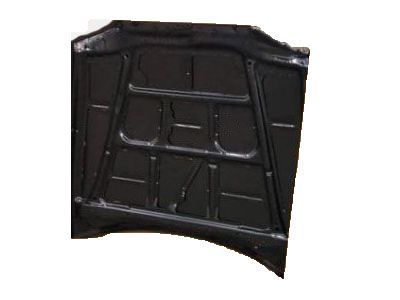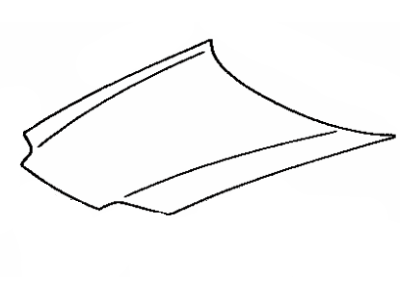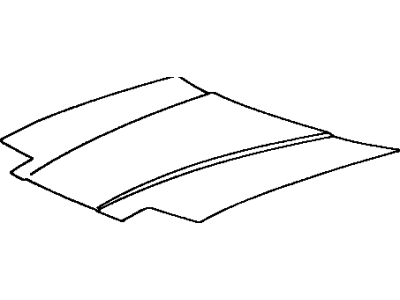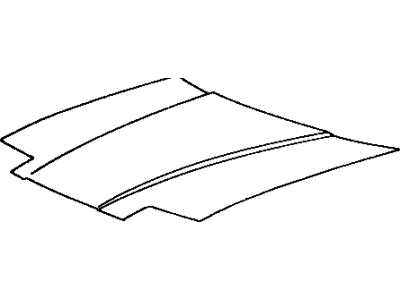

My Garage
My Account
Cart
Genuine Toyota Supra Hood
Engine Hood- Select Vehicle by Model
- Select Vehicle by VIN
Select Vehicle by Model
orMake
Model
Year
Select Vehicle by VIN
For the most accurate results, select vehicle by your VIN (Vehicle Identification Number).
4 Hoods found
Toyota Supra Hood Sub-Assembly
Part Number: 53301-14340$1108.64 MSRP: $1655.36You Save: $546.72 (34%)Ships in 1-3 Business DaysToyota Supra Hood Sub-Assembly
Part Number: 53301-14320$201.19 MSRP: $291.46You Save: $90.27 (31%)Ships in 1-3 Business Days
Toyota Supra Hood
If you are in demand for superior quality and affordable OEM Toyota Supra Hood, then shop with us! We own a wide range of the reduced-priced genuine Toyota Supra Hood. You can purchase in confidence as all parts come with a manufacturer's warranty. Any issues with our products? No need to worry as we have a hassle-free return policy to guide you every step of the way.
Toyota Supra Hood Parts Questions & Experts Answers
- Q: How should the removal and installation of the hood be performed on Toyota Supra?A:The hood is heavy and somewhat awkward to remove and install, so at least two people should perform this procedure. Begin by using blankets or pads to cover the cowl area of the body and fenders to protect the paint as the hood is lifted free. Scribe or paint alignment marks around the hood hinges to ensure proper alignment upon installation, marking the relationship of the hood hinge to the hood. Disconnect any cables or electrical connectors that may interfere with removal. Have an assistant support the weight of the hood while removing the hinge-to-hood screws or bolts, then lift off the hood. For installation, reverse the removal steps. Fore-and-aft and side-to-side adjustments of the hood can be made by moving the hinge plate slot after loosening the bolts or nuts. Scribe a line around the entire hinge plate to judge the amount of movement, then loosen the bolts or nuts and adjust the hood into correct alignment, moving it only a little at a time. Tighten the hinge bolts or nuts and carefully lower the hood to check the position. If necessary, the entire hood latch assembly can be adjusted up-and-down as well as side-to-side on the radiator support to ensure the hood closes securely, followed by retightening the mounting bolts. If the vehicle has hood bumpers, adjust them on the radiator support so that the hood is flush with the fenders when closed, loosening the locking nut to prevent it from tightening while adjusting the screw. Periodically lubricate the hood latch assembly and hinges with white lithium base grease to prevent sticking or jamming.










